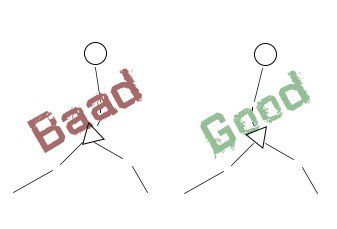Hip Flexion
- By Gergely Kaposvari
- •
- 10 May, 2017
- •
A lovely way of self-torture
- First, most of us accepted these pains as a necessary effect of athletic movement
- Second, most of us got used to it so much that we don’t consider them anomalies anymore.
Luckily, these guys have coaches with them who know better!
- Faulty movement mechanics
- Muscular imbalances
- If the athlete reports pain above or on the top part of the kneecap, we look around the quads, hips, hamstrings, glutes, etc.
- If the pain appears below, then we seek help from the calves, ankles and feet.
Athlete A
- A smashing party for the entire quadriceps and hamstrings. Get out a lacrosse ball and foam roller out, cover the face and roll slowly from the hips down towards the knees (called pressure wave). Relax the muscles as much as possible and once we hit a painful spot, try either contracting and relaxing, or flexing and extending under bearable pressure. Also, oscillate; move in and out of the stretch; movement range will slowly increase.
- A good, brutal overall stretch-based mob for the entire quadriceps, like a cOUCH stretch, a lunge hip extension or a banded hip extension. With the latter, we need a band to pull the leg at the back forward, hooked right under the butt, where the glute meets the hamstring. One thing though; the athlete must not extend the lower back as it will compensate for the missing range or hip flexion and will turn into an otherwise beautiful mob into a brutal, back-wrecking monster. Bend the back forward, tense the abs and push the hip into flexion with the power of the core instead just shoving the chest towards the sky. The difference will be obvious.

Athlete B
- Overall smashing party for the calves. Starting from the knee end, seesaw through the complex with a lacrosse ball (beware; this is ugly), then move to the side and repeat. Move the ankle around a god bit a boom! The relief is instant with almost everyone.
Conclusion
Runners Coahing Malta
No. It doesn't.
Practice makes permanent. Practice with bad form; bad form will be permanent. Practice with good form; good form will be permanent.
But practice with improving form; improvement will be permanent.
Let this sink in a little.
Yes, this is an ultimate truth. And one we constantly have to get our clients to understand and remember.
One of our guys suffered a little injury - he had a broken window and he decided to clean the shards from the frame. You can guess what happened - one of the pieces fell from the top and the guy had to get a good few stitches.
Ouch.
Now, besides that he did make a mistake - he misjudged the risk-reward ratio - all I can say is shit happens.
But he had an injury; he knows when it happened and why.
Same with running. If you injure yourself, you know when, how and why. Do you?
If you don't you have to improve... all the pains, aches, and a huge part of the injuries happen due to poor form. Which is a shame; you could have avoided it altogether since form is coachable.
Of course, much like to the guy above, accidents happen... but still! Accidents are one thing, but running with a weak body and bad form is like cooking the frog...
Have you ever heard about that? If you cook a frog, it won't jump out of the water because it accumulates to the gradual rise of temperature. Now, I am not sure; I never boiled a frog myself. But even if it's not true, it's a damn good analogy!
Much like you - if you keep breaking yourself down you will slowly get used to the symptoms until...
Either something snaps or someone gets you symptom free again.
The choice is yours.
And no, simply running more is not enough...
practice makes permanent, you remember?
The G

